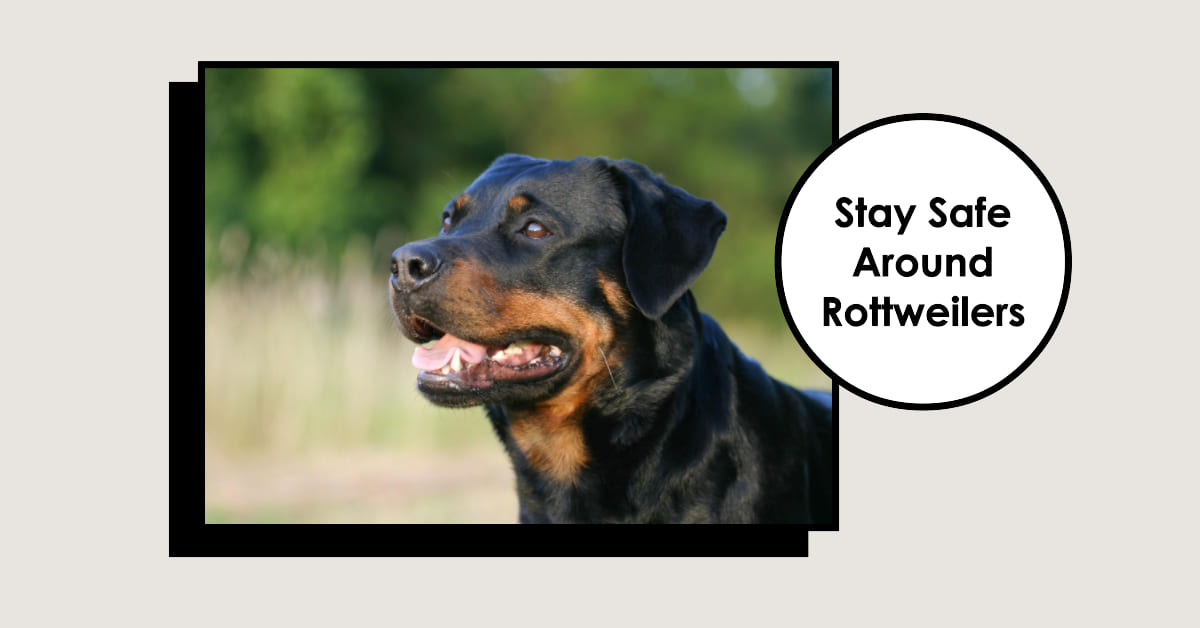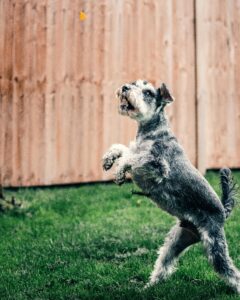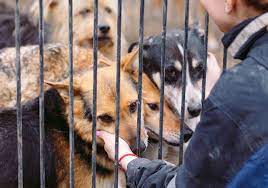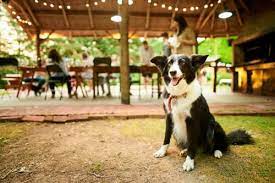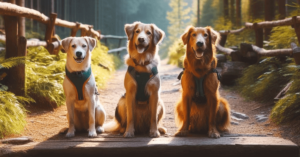Imagine a world where humans and Rottweilers coexist harmoniously, a world where fear of dog rottweiler bites is but a distant memory. Rottweilers, renowned for their loyalty and strength, can be remarkable companions when raised with love and care. However, like any large breed, they possess a potential for powerful bites if not handled properly.
In this blog post, we will explore the art of responsible Rottweiler ownership and equip you with the knowledge and techniques needed to prevent Rottweiler bites.
Together, we can foster safer and more compassionate relationships between humans and these majestic canines.
Table of Contents
Toggle1. Knowledge is Power: Understanding Rottweiler Behavior
Before diving into prevention strategies, let’s grasp the essence of Rottweiler behavior. These intelligent and protective creatures thrive on socialization and consistent training. Understanding their instincts and temperament is vital in preventing any undesirable incidents.
- Socialization: Early and positive socialization with various people, animals, and environments is key. Exposing your Rottweiler to different situations builds their confidence and reduces the likelihood of aggressive behavior.
- Training: Consistent training using positive reinforcement methods is crucial. Encourage good behavior through praise, treats, and affection, rather than resorting to punishment-based techniques, which can lead to fear or aggression.
- Body Language: Learn to interpret your Rottweiler’s body language. Knowing when they feel stressed, anxious, or uncomfortable can help prevent potential situations that may lead to bites.
2. Responsible Ownership: Nurturing Trust and Respect
As responsible owners, it is our duty to provide a safe and loving environment for our Rottweilers. By focusing on trust and respect, we can build a strong bond that will diminish any aggressive tendencies.
- Early Socialization and Obedience Training: Start socializing your Rottweiler puppy from an early age, introducing them to new experiences gradually. Additionally, enrolling in obedience classes will foster good behavior and strengthen the owner-dog relationship.
- Consistent Boundaries: Set clear and consistent boundaries for your Rottweiler. Teach them what is acceptable and what is not, helping them understand their role within the family unit.
- Exercise and Mental Stimulation: Regular exercise and mental stimulation are vital to a Rottweiler’s well-being. A tired and mentally stimulated dog is less likely to engage in destructive or aggressive behaviors.
- Avoiding Triggers: Identify and avoid potential triggers that may cause stress or fear in your Rottweiler. Common triggers can include loud noises, crowded spaces, or sudden movements.
3. Educating Others: Spreading Awareness
Educating others about Rottweilers is crucial in dispelling misconceptions and reducing fear surrounding the breed. The more people understand these wonderful dogs, the less likely they are to react out of fear, leading to safer interactions.
- Public Interaction: When out in public, be open to answering questions about your Rottweiler. Use these opportunities to share positive stories and correct any myths associated with the breed.
- Online Presence: Consider creating social media accounts for your Rottweiler, showcasing their friendly and affectionate nature. Use these platforms to advocate for responsible ownership and debunk stereotypes.
- Community Involvement: Get involved in local dog-related events or charity work. Participating in community activities helps create a positive image of Rottweilers while contributing to society.
4. Supervision and Precautions: Safety First
No matter how well-trained your Rottweiler is, supervision and precautionary measures are essential in ensuring everyone’s safety.
- Children and Dogs: Always supervise interactions between children and dogs, regardless of the dog’s breed. Teach kids how to behave around dogs and respect their boundaries.
- Leash and Muzzle: In situations where your Rottweiler might feel stressed or anxious, such as crowded events, using a leash and a muzzle can prevent any potential incidents.
- Secure Fencing: Make sure your yard has secure fencing to prevent your Rottweiler from wandering off and encountering unfamiliar situations.
- Veterinary Care: Regular check-ups with a veterinarian will ensure your Rottweiler’s health and behavior are in top shape.
Conclusion: A Future of Harmony
With knowledge, responsible ownership, and community efforts, we can foster a world where Rottweiler bites are rare, and fear is replaced with understanding and appreciation.
Embracing the art of responsible ownership, spreading awareness, and creating a safe environment for our Rottweilers will pave the way towards a harmonious coexistence between humans and these incredible companions.
So let us stand united, hand in paw, and embrace the journey of responsible Rottweiler ownership, leading us to a future where friendship and loyalty triumph over fear.
Together, we can unleash a new era of compassion and understanding, making the world a better place for both humans and our beloved Rottweilers.
Disclaimer: This blog post is for informational purposes only and should not be considered professional advice. Always consult with a qualified veterinarian or animal behaviorist for specific concerns regarding your Rottweiler’s behavior.

